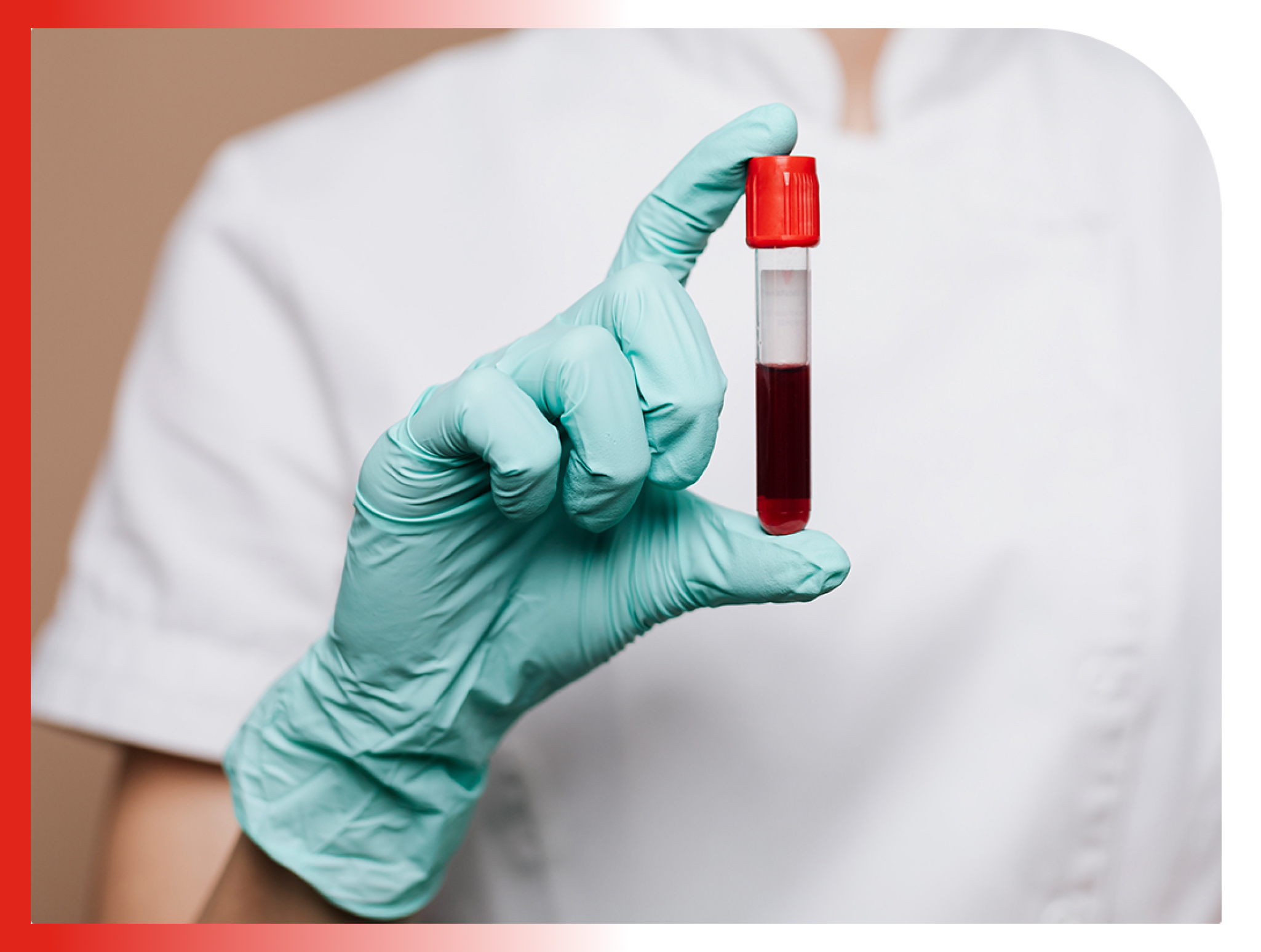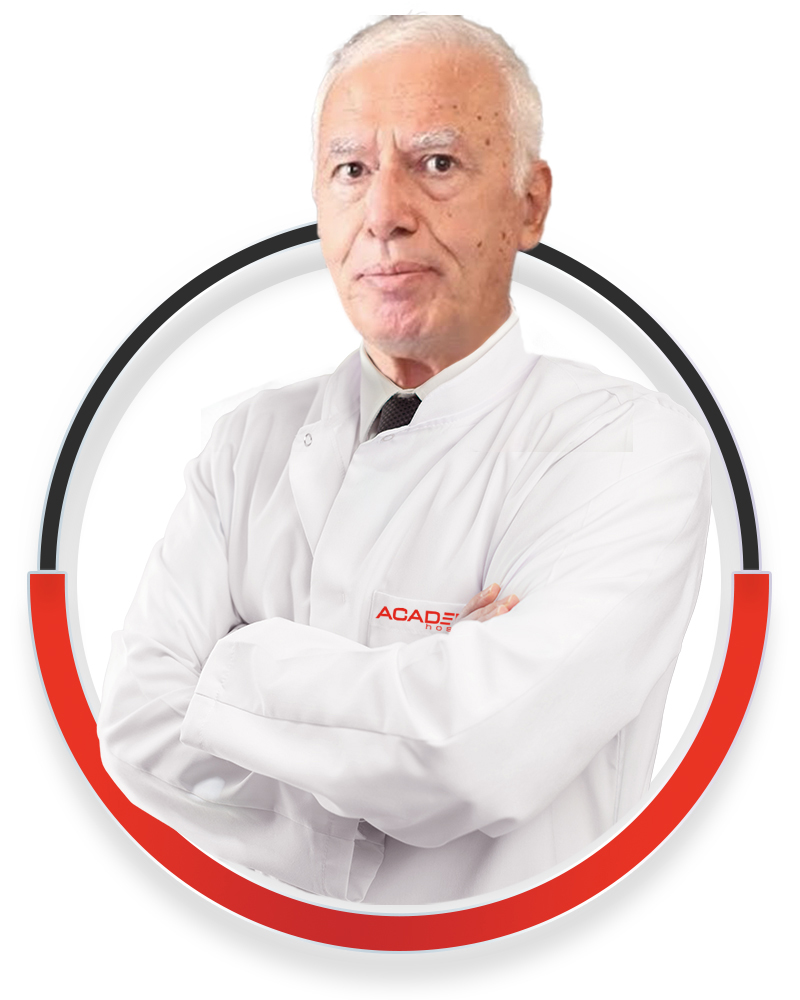Haematology: The Science of Blood

The source of life: Blood
Blood is a vital fluid for many living beings, especially humans. It plays a major role in the continuation of life by carrying oxygen, nutrients, hormones, vitamins, and antibodies to tissues and removing carbon dioxide and wastes from the body. 8% of a human's body weight consists of blood. For example, a person weighing 70 kg has 5600 ml of blood in their body. Around 50–60% of this blood is made of plasma, and 40–50% is made of cells. Plasma, which consists of mostly water, carries nutrients, proteins, and vital substances in it. And blood cells are made of erythrocytes (red blood cells), leukocytes (white blood cells), and thrombocytes (blood platelets).
Academic Hospital Haematology Department
Academic Hospital's Haematology Department, with its specialist physicians, is the department where conditions such as low blood cells, high blood cells, malformations of blood cells, cancer of blood cells, and other blood diseases are treated.
Diseases that haematology treats
The blood, which is the foundation of haematology, plays an important role in the diagnosis of several diseases. Having low or high blood values and/or coagulation gives haematologists important clues about their patients. Anaemia, thalassemia, leukaemia, and haemophilia are the main diseases haematology treats.
Anaemia
It is colloquially known as "having low blood," and it occurs when the haemoglobin protein in blood drops below the normal range and the red blood cell count reduces. Anaemia is a haematological disease and usually occurs due to iron and B12 insufficiencies. It is manifested by symptoms such as rapid fatigue, constant weakness, pale skin colour, palpitations, forgetfulness, and dizziness, is an important disease that negatively affects the quality of life of the person if the correct treatment is not applied.
Leukaemia
Leukaemia, also known as "blood cancer" or "bone marrow cancer," is a type of cancer that occurs in white blood cells. Bone marrow, which is a spongy structure inside the bones, is where platelets are produced, as well as red blood cells and white blood cells. Leukaemia is caused by uncontrolled and excessive proliferation of lymphoid and myeloid cells in the bone marrow's red blood cells. Leukaemia can occur in children as well as adults over 55 years old, and it is a disease that needs to be taken very seriously.
Thalassemia (MediterraneanAnaemia)
As the name suggests, Mediterraneananaemia is usually seen in the Mediterranean region, and it is a type of anaemia that passes from generation to generation due to being a genetic disease. It is called thalassemia in medicine, and the probability of it passing to a baby where both parents are carriers is 25%. It has four different types named "major," "intermediate," "minor," and "minimal." Since it might require regular blood transfusions, patients need to be followed up by haematologists for life.
Haemophilia
Another disease included in haematology is haemophilia, which causes the blood not to coagulate. It passes from the mother to the baby, so it is a genetic disease. As a result of the blood not clotting properly, it is manifested by the fact that the bleeding does not stop or stops late. When there is bleeding anywhere in the body, the blood cells clot, clogging the bleeding vessel tip. Haemophilia is the name given to the deterioration of this mechanism, which does not stop bleeding because there is no clotting. It usually does not show any symptoms and might manifest by not bleeding in cases of severe injuries or during operations. Haemophilia is characterized by easy bruising in childhood, particularly spontaneous bleeding in the joints and muscles, and by prolonged bleeding after trauma or interventions. It is diagnosed by paediatrichaematologists.
Choose a Doctor






